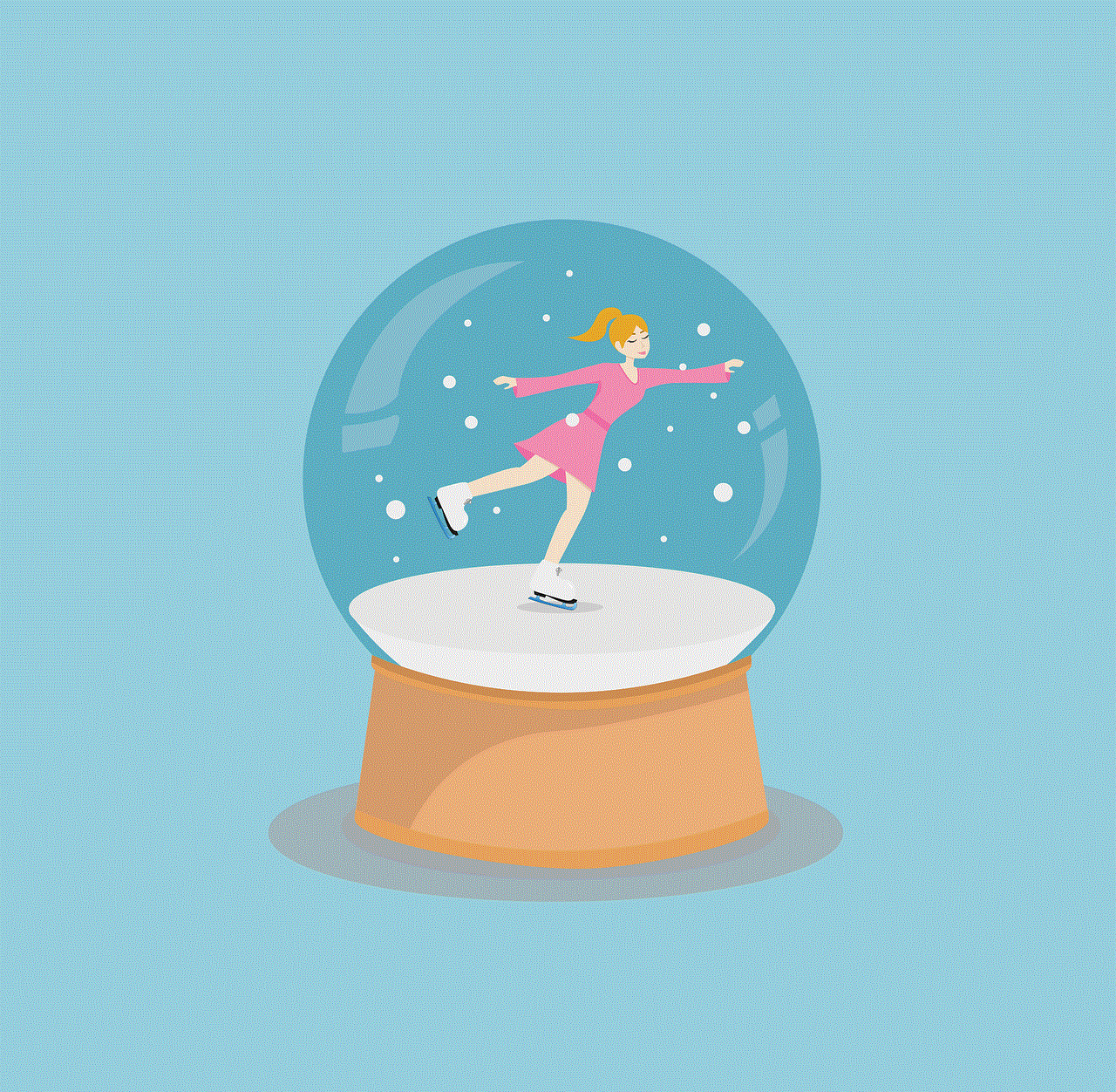bunny rabbit drawing
Bunny rabbits are one of the most beloved and iconic animals in the world. They are cute, fluffy, and have become a popular subject in art and literature. One of the most common ways to represent these adorable creatures is through drawing. From children’s books to fine art pieces, bunny rabbit drawings can be found in various forms and styles. In this article, we will explore the history, techniques, and significance of bunny rabbit drawings.
History of Bunny Rabbit Drawings
The history of bunny rabbit drawings can be traced back to ancient civilizations. In ancient Egypt, rabbits were considered a symbol of fertility and rebirth. They were often depicted in hieroglyphics and tomb paintings. In Chinese mythology, the rabbit is one of the twelve zodiac animals and is associated with good luck and fortune. The ancient Greeks also had a special connection with rabbits and believed that they could bring good luck to the household.
During the Renaissance period, rabbits were a popular subject in art. Artists such as Albrecht Dürer and Leonardo da Vinci included rabbits in their paintings and drawings. However, it wasn’t until the 19th century that bunny rabbit drawings became more common in popular culture. With the rise of children’s literature, rabbits became a popular character in books such as Beatrix Potter’s “Peter Rabbit” and Lewis Carroll’s “Alice’s Adventures in Wonderland”. These illustrations played a significant role in shaping the image of rabbits in popular culture.
Techniques for Drawing Bunny Rabbits
Drawing a bunny rabbit may seem like a simple task, but it requires a certain level of skill and technique to capture their unique features. There are various techniques that artists use to create realistic and expressive bunny rabbit drawings.
One of the most important elements in bunny rabbit drawings is capturing their fluffy fur. Artists use different shading techniques such as cross-hatching, stippling, and blending to create the illusion of soft fur. Cross-hatching involves drawing parallel lines in different directions to create texture, while stippling uses small dots to create a similar effect. Blending, on the other hand, involves using a blending tool or finger to smooth out the lines and create a softer look.
Another important aspect of bunny rabbit drawings is capturing their facial features. The eyes, nose, and mouth are crucial in conveying the emotions of the rabbit. Artists use a variety of techniques, such as shading and highlighting, to create depth and dimension to these features. The placement and size of the eyes are also essential in capturing the cuteness and innocence of bunnies.
Significance of Bunny Rabbit Drawings
Bunny rabbit drawings have a significant cultural and symbolic meaning. In many cultures, rabbits are associated with fertility, luck, and rebirth. In Christianity, rabbits are a symbol of the resurrection of Christ and are often depicted in Easter celebrations. They are also associated with spring and new beginnings, making them a popular subject in seasonal artwork.
Apart from their cultural significance, bunny rabbit drawings also have a special place in children’s hearts. The adorable and innocent nature of rabbits makes them a perfect subject for children’s books and illustrations. Many children grow up reading books with bunny rabbit characters, which contributes to the popularity of these drawings.
In recent years, bunny rabbit drawings have also gained popularity in the world of social media. With the rise of digital art, artists have been creating stunning and creative bunny rabbit illustrations that have captured the hearts of many. These drawings are often shared on platforms like Instagram and Pinterest, making them accessible to a wider audience.
Tips for Drawing Bunny Rabbits
If you want to try your hand at drawing bunny rabbits, here are a few tips to keep in mind:
1. Observe real rabbits: The best way to draw a realistic bunny rabbit is by observing them in real life or through reference photos. Pay attention to their body proportions, fur texture, and facial features.
2. Start with basic shapes: When starting a bunny rabbit drawing, it is helpful to begin with simple shapes such as circles, ovals, and triangles to outline the body and head. This will help you create a solid foundation for your drawing.
3. Use light and dark shades: To create a realistic-looking bunny rabbit, use both light and dark shades to create depth and dimension. This will make your drawing look more alive and three-dimensional.
4. Practice different techniques: Experiment with different shading techniques to find the one that works best for you. Don’t be afraid to try new things and see what works for your drawing.
5. Add details: Pay attention to the small details such as the whiskers, fur patterns, and facial expressions to make your bunny rabbit drawing more realistic and expressive.
In conclusion, bunny rabbit drawings have a rich history and cultural significance. From ancient civilizations to modern-day social media, these adorable creatures have captured the hearts of many. Whether you are an artist or a fan of bunny rabbits, there is no denying the charm and cuteness of these drawings. So next time you see a bunny rabbit drawing, take a moment to appreciate the techniques and skill that went into creating it.
bougie meaning slang



Bougie is a slang term that has gained popularity in recent years, especially among younger generations. It is often used to describe someone or something that is seen as pretentious, materialistic, or high-class. In this context, the term has a negative connotation and is often used as an insult. However, the term has a complex history and can also have positive connotations. In this article, we will explore the meaning of bougie, its origins, and how it is used in contemporary culture.
The word bougie is derived from the French word bougie, which means candle. In French, the word bougie is used to refer to a wax candle, but it can also be used metaphorically to describe something that is luxurious or extravagant. This metaphorical use of the word is believed to have originated in the 19th century when candles were a symbol of wealth and luxury. The term bougie was used to describe people who were wealthy and displayed their wealth through lavish spending.
Over time, the term bougie evolved and was used to describe not just wealthy people but anyone who displayed a certain level of materialism or sophistication. In the 20th century, the term was often used to describe people who were trying to imitate the lifestyle of the wealthy, even if they were not actually wealthy themselves. This led to the negative connotation that the term has today, as it is often used to mock or criticize those who are seen as superficial or overly concerned with material possessions.
The term bougie gained widespread popularity in the 2000s, particularly in hip hop and rap culture. Many rappers and artists used the term in their lyrics, often as a way to criticize mainstream society and its obsession with materialism. This helped to solidify the term’s negative connotations and cement its place in contemporary slang.
Today, the term bougie is used in a variety of contexts and can have different meanings depending on the speaker and the situation. In some cases, it is still used to describe someone who is seen as pretentious or materialistic. However, it can also be used in a more positive light to describe someone who is sophisticated or has good taste. In some cases, the term is used in a playful or humorous way, without any negative connotations.
One possible reason for the term’s popularity is its versatility. It can be used in a variety of situations and can convey different meanings depending on the context. This allows people to use the term to express their opinions or feelings without being too explicit or confrontational. For example, someone might describe a friend as “a little bougie” to gently tease them about their fancy taste in clothes or food, without causing any offense.
However, the use of the term bougie is not without controversy. Some argue that it reinforces classism and elitism by mocking those who are less fortunate or cannot afford a certain lifestyle. Others argue that it is a harmless term that is simply used to describe a certain type of behavior or attitude. The debate over the term’s meaning and impact continues, with no clear consensus.
One interesting aspect of the term bougie is its gendered connotations. While the term is used to describe both men and women, it is often associated with women more than men. This is likely due to societal expectations and stereotypes that dictate that women should be concerned with their appearance and material possessions. This gendered aspect of the term has been a subject of criticism, with some arguing that it perpetuates harmful gender norms and expectations.
In addition to its use in everyday language, the term bougie has also made its way into popular culture. It has been used in the titles of books, movies, and TV shows, and is often featured in memes and social media posts. In some cases, the term is used in a self-aware and ironic way, highlighting the absurdity of societal expectations and standards.
Another interesting aspect of the term bougie is its connection to gentrification. Gentrification refers to the process of renovating or improving a neighborhood, often resulting in an influx of wealthier residents and businesses. The term bougie is often used to describe this phenomenon, as the new residents are seen as bringing a sense of luxury and sophistication to the previously working-class neighborhood. This has led to the term being used in a negative light, as it is associated with the displacement of lower-income residents and the loss of the neighborhood’s character and culture.
In conclusion, the term bougie has a complex and multifaceted history. It has evolved from its French roots to become a popular slang term with both negative and positive connotations. It is often used to describe someone or something that is seen as pretentious or materialistic, but it can also be used in a more positive or playful way. Its gendered connotations and connection to gentrification have also been subjects of discussion and criticism. As with any slang term, the meaning and usage of bougie are constantly evolving, and it will be interesting to see how it continues to be used in the future.
fwiw stands for



FWIW stands for “for what it’s worth”, a phrase commonly used in informal communication to indicate that the information being shared may not be particularly significant or valuable, but is being shared nonetheless. While it may seem like a simple and unimportant acronym, the history behind FWIW and its usage in modern communication is quite interesting.
The origins of FWIW can be traced back to the early days of the internet. In the 1980s and 1990s, when the internet was still a relatively new and unknown technology, online communication was primarily done through email and chat rooms. As the internet grew in popularity, so did the need for shorthand and acronyms to convey information quickly and efficiently.
One of the earliest known usages of FWIW can be found in a 1989 Usenet post by computer programmer and internet pioneer, Larry Wall. In the post, Wall uses FWIW to indicate that the information he is sharing may not be relevant to everyone, but is still being shared for those who may find it useful. This early usage of FWIW set the tone for its meaning and usage in the years to come.
As the internet and online communication continued to evolve, so did the usage of FWIW. It became a common phrase used in online forums, chat rooms, and emails to indicate that the information being shared may not be particularly important or relevant, but is still being shared nonetheless. This usage of FWIW allowed for quicker and more efficient communication, especially in group settings where messages needed to be conveyed rapidly.
One of the reasons why FWIW became such a popular acronym is its versatility. It can be used in a variety of contexts and can convey different meanings depending on the situation. For example, in a casual conversation, FWIW can be used to indicate that the speaker is sharing their opinion or thoughts on a matter, but they understand that it may not hold much weight. On the other hand, in a more serious setting, FWIW can be used to indicate that the speaker is sharing information that may not be entirely accurate or reliable, but is still being shared for the sake of transparency.
In recent years, the usage of FWIW has expanded beyond online communication and has also become popular in face-to-face conversations. As the line between online and offline communication becomes increasingly blurred, so does the usage of internet slang and acronyms. FWIW has become a part of everyday language, used by people of all ages and backgrounds.
Despite its popularity, there are still some who view the usage of FWIW as lazy or unprofessional. They argue that using acronyms in communication can lead to misunderstandings and may come across as uneducated. However, proponents of FWIW argue that it is a useful tool for efficient communication and that its meaning is widely understood in most contexts.
One of the most significant impacts of FWIW and other internet slang is its effect on the English language. With the rise of social media and online communication, new words and phrases are constantly being created and adopted into everyday language. Some linguists argue that this is a natural evolution of language and that it reflects the changing times and the way we communicate with each other.
While FWIW may seem like a relatively unimportant acronym, its usage and evolution over the years tell a much more significant story. It represents the ever-changing landscape of communication and the impact that technology has on our language and culture. It also highlights the need for efficient and concise communication in a fast-paced world.
In addition to its usage in informal communication, FWIW has also found its way into more formal settings, such as business communications and media. It is often used in news articles and reports to indicate that the information being shared may not be entirely accurate or reliable. In this context, FWIW serves as a disclaimer, allowing the speaker or writer to share information without taking full responsibility for its accuracy.
The rise of FWIW and other internet slang has also sparked debates about the future of language and the impact of technology on our communication skills. With the increasing use of acronyms and emojis, some fear that we may lose the ability to express ourselves effectively in written and verbal communication. However, others argue that language is constantly evolving and that the usage of internet slang is just another form of communication that should be embraced.



In conclusion, FWIW may seem like a simple and unimportant acronym, but its history and usage tell a much more significant story. From its humble beginnings in online communication to its widespread usage in everyday language, FWIW represents the ever-changing landscape of communication and the impact of technology on our language and culture. Whether you love it or hate it, there is no denying that FWIW has become a part of our modern lexicon and will continue to be used for years to come. So, next time you see or use FWIW, remember its origins and the journey it has taken to become a part of our everyday language.